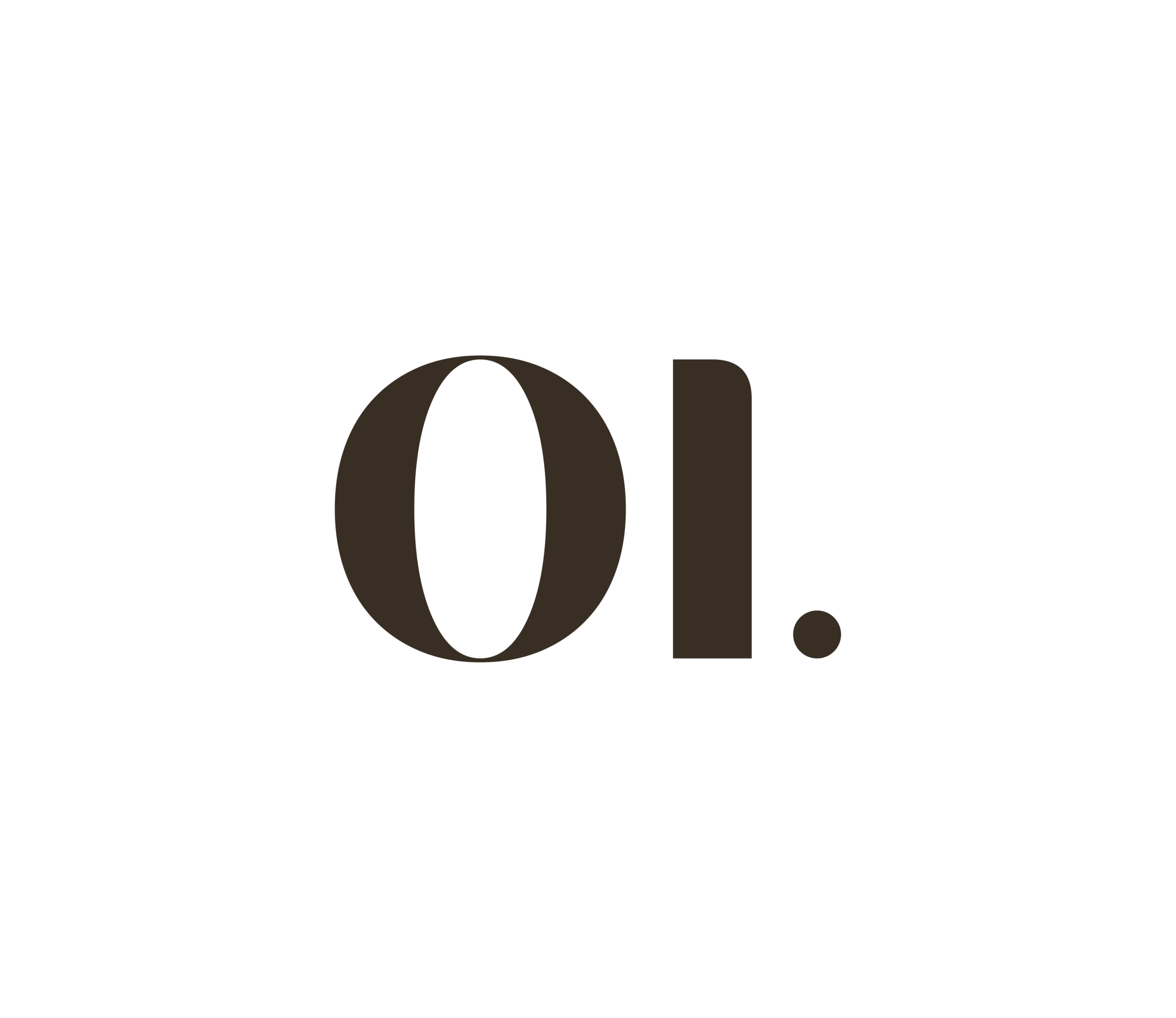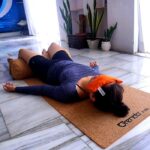We hear most yoga educators say that meditation is something anyone can do, anytime, and anywhere. We believe that the scene is quite different from the initial beginning. It’s like a stage with curtains on it which has to be pulled up to be aware of our inner self. Imagine a situation, where you sit in solace to close your eyes and within a fraction of seconds, you hear a motorbike vrooming. What would be your reaction? Distracted of course. The head’s clutter, the back, and the tension in muscles are the bare minimum distractions we face as beginner practitioners. To start meditation on the floor, a Meditation Cushion is the handiest prop.
What is Meditation Cushion?
A meditation cushion supports the body in a comfortable seated position while meditating. It elevates the hips which establish a consistent practice, just like we need a high-quality pillow to rest our heads for good sleep. In the same way, a good meditation pillow helps us to connect with our inner self without any hindrance. A meditation cushion lifts hips and allows them to roll slightly forward, supporting the natural curve of the lower back.
How to Choose a Meditation Cushion?
Meditating for 15 to 20 minutes daily can help to improve concentration and productivity. Our actions become more efficient. The synchronization of daily activities could be redefined with just ten minutes of practice and to support it, a meditation cushion is a must. In ancient times, the monks and nuns carried a cushion made of dried grass. They sat on it for hours in dhyana to support their posture. Hence, a meditation cushion is a necessity.
Shape
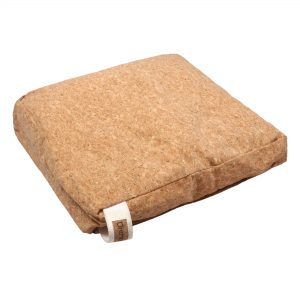
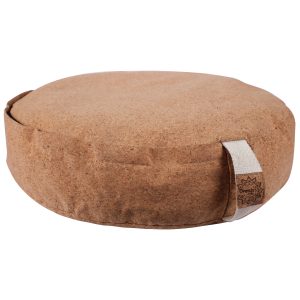
The Yoga Sutras of Patanjali outline the eight limbs of yoga. One of the major limbs is dhyana also known as meditation. During practice, there is a constant thought. The work of bringing awareness to a specific activity, even in inactivity, is an effort in doing something. The round and square shape cushions provide firm support. The square shape provides comfort to the knees and helps to sit firmly during meditation practice.
Fillers
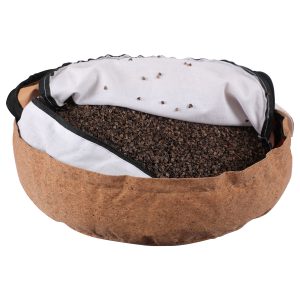
Buckwheat hull is an exceptional alternative to artificial fillings. It is tiny and uneven in shape which conforms to a person’s shape. There is a constant shifting of the buckwheat hull filling. As you move the air freely passes through the organic filling. It keeps the meditation cushion free from odour. The air circulation also keeps the cushion cool naturally making it a very comfortable prop for meditation. The hull provides firm support to practitioners.
Cushion Cover
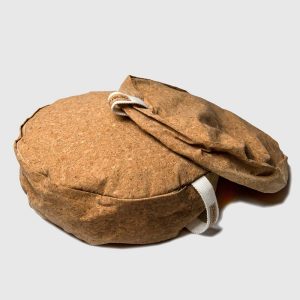
Just like we mentioned in the very beginning that one could practice meditation anywhere. Many practitioners enjoy indulging in a state of bliss with nature or on wet morning grass. Hence, a cork cushion cover is the best available option to practice mediation both indoors and outdoors. Cork is extremely durable and bears with everyday practice strongly. Continuous friction and pressure do not tear the cork fabric. Additionally, cork is resistant to water, the suberin and the wax present in the cell wall make it practically impermeable to liquids. Hence, a practitioner could use it outdoors as well.
Weight and Height
The weight of a cork meditation cushion with buckwheat hull filling is approx. 1500-2000 grams. The fillings provide a height to sit comfortably in a cross-legged position. The height ensures that there is some space so that our legs do not go numb. The seating surface supports a slight tilt of the pelvis so that we can sit for a longer period with a straight back.
Sustainability
Cork is procured by shaving the upper layer bark of Cork Oak Trees. No tree is cut down during the process. It takes between nine and twelve years for the bark to grow back thick enough to be harvested again. The tree continues to live and grow.
On the other hand, buckwheat hulls are the outer husks of buckwheat kernels. While the kernels are often used to make gluten-free flour, the hulls are a sustainable and renewable alternative to synthetic fibre filling for pillows. The cherry on the top, they are compostable. They’ll never pile up in a landfill like memory foam or polyester.
How to Sit on a Meditation Cushion?
If we’re not in a comfortable position, we would never be able to enjoy the benefits of meditation. An uncomfortable position causes physical distractions to set in as thoughts quickly turn to increasing knee pain, growing numbness in the lower back, or rapidly intensifying numb sensations in the feet. The two major functions of a meditation pillow are to align the head, neck, spine, and hips and to elevate the hips above the legs. To achieve this one should know how to sit on a meditation cushion:
- Sit on the cushion, if you wish to keep your knees on it for support, sit in the centre or if you wish to rest your knees on the floor, sit at the front of the cushion.
- One of the most iconic positions for meditation is the Lotus Pose. In this position, one fully-cross their legs with each foot resting on the opposite leg’s inner thigh allowing the knees to rest comfortably on the floor.
- There are three primary points of contact for the full lotus position, hips on the meditation pillow and each knee on the floor.
- One can also sit in a simple pose which is Sukhasana. As the name suggests, there is less strain on the knee and ankle joints compared to the lotus position. In this as well, one has to sit in front of the cushion which ensures that the knees or lower legs are resting on the floor. It is a general sitting position.
It is essential to realize that, aside from making knee bends and leg crossing easier, a meditation pillow also encourages proper vertical alignment of your hips, spine, neck, and head. Orenda India Cork Meditation Cushion is the one for you.
